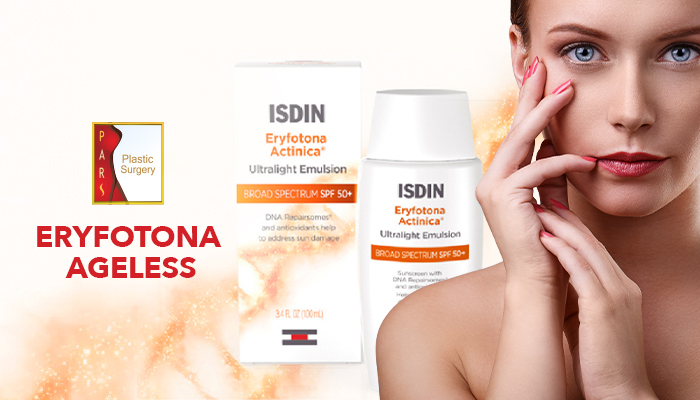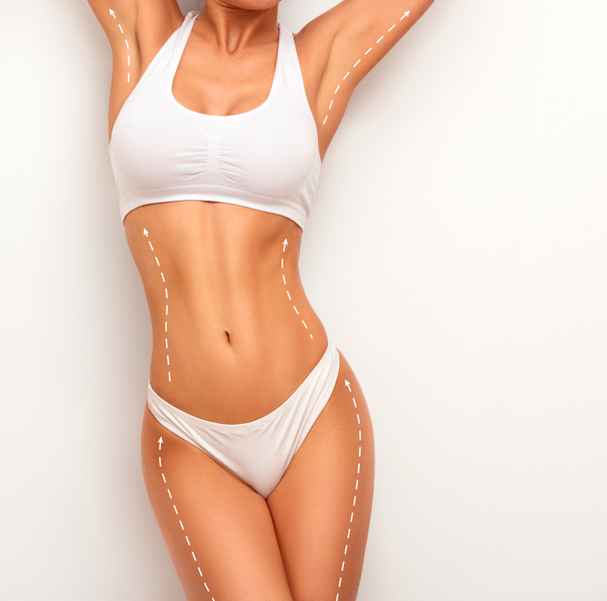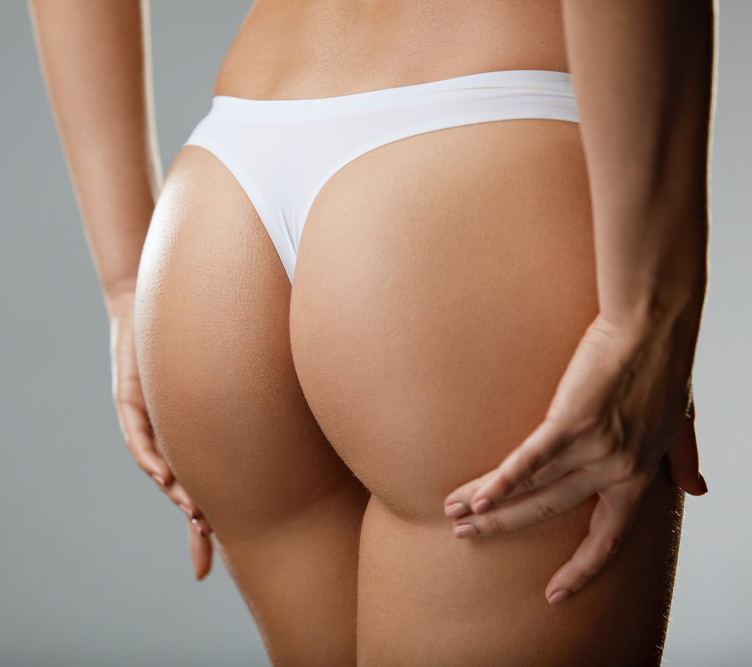
Rhinoplasty
Nasal reshaping, nose job, nose surgery as the nose occupies a central position on the face, its size and shape has a great impact on an individual’s appearance. Nasal reshaping—also referred to as “nasal surgery,” “rhinoplasty,” or a “nose job”—is a procedure to enhance facial symmetry and the measurements of the nose according to other facial structures (it can modify the shape, size, and overall appearance of the nose). Likewise, this procedure can be useful to correct breathing problems as a consequence of structural abnormalities (like congenital defects).
Rhinoplasty can also be performed to reshape the septum and produce better alignment. If the plastic surgeon is going to correct an obstructed airway, he should first evaluate the patient’s nose carefully, in order to improve breathing.
Every year, half a million people seek consultation for the enhancement of the appearance of their nose. Rhinoplasty is in the top five of the most common plastic surgeries in the United States. It is estimated that it is performed more than 400,000 times each year.
Who is an ideal candidate for nasal reshaping?
Rhinoplasty can be done in two cases. One of them is as a cosmetic procedure; most people who undergo this procedure only desire to change the shape of their nose, making it more proportionate with the rest of the face. In the second case, it is performed as a medical procedure; some people who undergo this surgery wish to improve anatomical abnormalities or injuries or to eliminate any discomfort or difficulty breathing.
An ideal candidate for the procedure is a physically and mentally healthy person that understands the limits of the procedure and has realistic desires, with one or more of these characteristics:
– Patients who feel that their nose is very large or wide—or even very small—and does not match the rest of the facial structures
– Patients who want to remove bumps or depressions on the nose, or want to change the angle of the nose in relation to the upper lip
– Patients who have an enlarged, bulbous, or hooked nasal tip
– Patients with a crooked nose (naturally or due to injuries) that is asymmetrical, which
causes problems breathing, especially when the internal structures are affected (such as a deviated septum)
Plastic surgeons recommend waiting until 14 or 15 years of age to perform the procedure on girls, and a little longer for boys. After this age, it is believed that the facial growth is finished.
Some medical conditions can be corrected with functional rhinoplasty, including:
– Nasal vestibular stenosis—this condition causes airway obstruction because the nasal walls present an inward increase in size.
– Inferior turbinate enlarged—this condition also narrows the airway, so the plastic surgeon should remove part of the turbinate tissue to extend the airway.
– Nasal fractures or congenital deviated nasal septum—in these conditions, the nasal septum conducts the air into the nose poorly, so the plastic surgeon will reshape it to make it more central.
What are the advantages of nasal reshaping?
– This surgery reshapes, resizes, and/or changes the angle of the nose.
– The surgeon can correct anatomical abnormalities to improve breathing and avoid symptoms caused by nasal congestion.
– Changes in the patient’s appearance can help to improve their self-esteem and self-confidence.
What are the disadvantages of nasal reshaping?
– Some techniques can leave visible permanent scars (especially at the nose’s base).
– When the surgeon uses grafts, they may cause skin injuries or damage to other internal tissues.
– In some cases, the patient’s appearance changes greatly, so they need time to adjust to their new look.
How much does nasal reshaping cost?
According to 2014 statistics from the American Society of Plastic Surgeons, the average cost of nasal reshaping is $4,694 (this price does not include anesthesia, operating room facilities, or other related expenses). However, the cost can range from $3,000 to $15,000, depending on the plastic surgeon’s expertise and the structures that will be corrected during the procedure, among other factors.
When rhinoplasty is performed to improve breathing function (functional rhinoplasty), the cause is most commonly an obstructed airway. This procedure, whether performed alone or in conjunction with cosmetic rhinoplasty, is considered reconstructive and may be covered by some insurances.
Insurances may ask for laboratory tests, CT scans, and even acoustic rhinometry to cover a functional rhinoplasty. Other insurances cover a surgical procedure when the patient has proof that they have treated the problems with conventional therapies (antihistamines and steroids, among others) without improvement.
What is the preoperative care for nasal reshaping?
During the nasal reshaping consultation, the patient should be prepared to discuss their surgical goals with regard to both appearance and breathing. It is important to communicate to the surgeon previous medical conditions, drug allergies, previous medical treatments, and current medications (including vitamins, herbal supplements, alcohol, tobacco, and drug use). The patient should be honest and should inform the plastic surgeon of all health conditions truthfully. By knowing all the available information, the surgeon can diminish potential complications during and after the procedure.
The plastic surgeon will evaluate the patient’s general health status and any pre-existing health conditions or risk factors, discuss the options available for nose reshaping, and examine and measure the face, especially the characteristics of the nose (such as shape, the structures that need to be reshaped, and the septum conditions), to determine the best method of treatment. He can also take photographs to recommend the best course of treatment.
When the patient undergoes a cosmetic rhinoplasty, they may bring to the surgeon an idea of how they want their nose to look (it may be a picture). If the plastic surgeon can’t make the nose exactly like the patient desires, pictures will help them to have an idea of the patient’s aesthetic desires. Often, plastic surgeons use advanced computer programs to plan the reduction rhinoplasty and simulate the appearance of a patient’s nose after surgery.
During the consultation, the method the plastic surgeon will use, whether they will make anatomical or cosmetic changes (or both), and the ideal anesthetic for the patient should be decided.
What is the general procedure of nasal reshaping?
Nasal reshaping surgery can be divided into different types. Among these are:
– Reduction rhinoplasty: This type of rhinoplasty is widely used. It consists in creating a better-proportioned nose compared with the rest of the facial structures. With this technique, the plastic surgeon can reshape the nose’s bridge, improve the nasal tip, and refine the nostrils.
Likewise, the plastic surgeon can remove little parts from the nasal bone or the cartilage; also, an alar base reduction can be made during this procedure, which eliminates excessive tissue from the joint between the nostrils and the cheeks.
– Augmentation rhinoplasty: This is also a common type of rhinoplasty. To perform this technique the plastic surgeon needs a graft tissue (rib bone, cartilage from other areas, synthetic material, or other biological tissues) to reshape the nasal structures (mainly the bridge and tip). Likewise, cartilage from the patient’s own nose (septum) can be used as donor cartilage.
– Post-traumatic rhinoplasty: This is the ideal type of rhinoplasty for patients who have suffered a recent trauma in the nose. In this case, the plastic surgeon can improve both the appearance and the functionality of the nose in the same procedure. It consists of re-fracturing the nose structures to then re-set them in a better shape; because of this, the procedure has better results if the surgery is done during the first 10 days after the injury.
– Reconstructive rhinoplasty: This type of rhinoplasty is done when the patient has partially or completely lost the nose due to trauma, skin cancer, or other medical conditions. This procedure is very complex because the plastic surgeon must create a new nose; in most cases, a lot of surgeries are required and the patient has to wait several months to obtain the final results. During the treatment, the surgeon will rebuild the nose using skin grafts, flap techniques, and other advanced methods.
– Functional rhinoplasty: This can correct physical abnormalities that obstruct breathing by reshaping and repositioning the cartilage and bones of the nose. The surgeon can help the patient to achieve nasal contours that allow the patient to breathe properly and feel confident with their appearance.
Rhinoplasty may be done using general or local anesthesia. It is usually done as an outpatient procedure but sometimes requires a 1-night stay in the hospital or surgery center. Regardless of the type of nasal reshaping that the plastic surgeon will perform, they will use one of these basic methods: “open” or “closed” procedure.
– Open rhinoplasty: It involves making incisions on the outside of the nose (mainly at the columella, which is the structure between the nostrils). This technique may be necessary in cases of severe damage, or when the treatment area is located high in the nasal cavity, because the doctor can lift the skin off the tip of the nose and shape the cartilage very precisely. A skilled and qualified surgeon can create open surgery incisions within the contours of the nose to minimize visible scarring as much as possible.
– Closed rhinoplasty: Most plastic surgeons and patients prefer this procedure, because all the surgical incisions performed by the surgeon are made inside the nose, guaranteeing that the scar will be inside the nose too. It is always used when possible because the surgeon can manipulate the structures inside the nose without problems, and can improve aesthetics and anatomical conditions.
Through incisions, the skin that covers the nasal bones and cartilage is moved by the plastic surgeon to obtain access to the internal nose structures and to reshape or correct any defects. Depending on the desired result, some bone and cartilage may be removed, or some tissue may be added. When the septum deviates, the plastic surgeon may relocate it to improve the symmetry of the airway inside the nose and improve air flow. After the surgeon has rearranged and reshaped the bone and cartilage, the skin and the rest of the tissue is back down over the new contours of the nose and the incisions are closed.
After surgery, a splint is placed outside the nose to support the new shape of the nose while it heals. It will protect the nose while the patient sleeps and provide protection against accidental traumas, and it will be removed in a week to ten days. Nasal packing (soft and absorbent material) is placed inside the nose to maintain stability along the septum; its function is to hold all the internal structures in their new place, and keep the airway clear, even from the crusts formed during the healing process. It will be removed within four to seven days after surgery. In some cases, after the procedure, the plastic surgeon inserts a small tube in each nostril to allow comfortable breathing during the first day.
Immediately after the procedure, the patient’s face will be swollen, with a lot of bruises, especially around the eyes and nose; for this, the patient can use cold compresses to reduce swelling, pain, and discomfort. It takes about ten to fourteen days before most of the swelling and bruising improves. It is recommended for patients to keep their head elevated during the first few days, and to limit movements and activities during the first weeks after the procedure. In most cases, the patient needs to take painkillers (usually for three weeks).
The recovery time will vary widely among patients, but, in general, terms, the patient will need several weeks before restarting exercise and athletic activities. The period of time to return to school or work will vary according to the level of activity that this represents for the patient.
During the first months, it is prohibited for the patient to be directly exposed to sunlight. Likewise, when the bones or the nasal bridge is reshaped, it is prohibited to wear glasses. If the patient needs to use them, they should use a special support to limit the pressure exerted on the altered structures.
What are the risks and complications of nasal reshaping?
When nasal reshaping is performed by an expert, the risks of complication are few. Among them, the patient may experience skin injuries by the bandages used after the procedure—or, when there have been grafts placed, especially during the first days, the airway can be blocked by the swelling of the internal structures. Other risks are injuries to the septum, visible scars, adverse reaction to anesthesia, hematoma or seroma (an accumulation of blood or fluid under the skin that may require removal), infection and bleeding, changes in sensation, scarring, allergic reactions, or unsatisfactory results that may require additional procedures.
Dr. Amjadi MD, DDS, FACS
Certified by the American Board of Plastic Surgeons
915 Gessner Rd #870
Houston, TX 77024
713-465-6198













